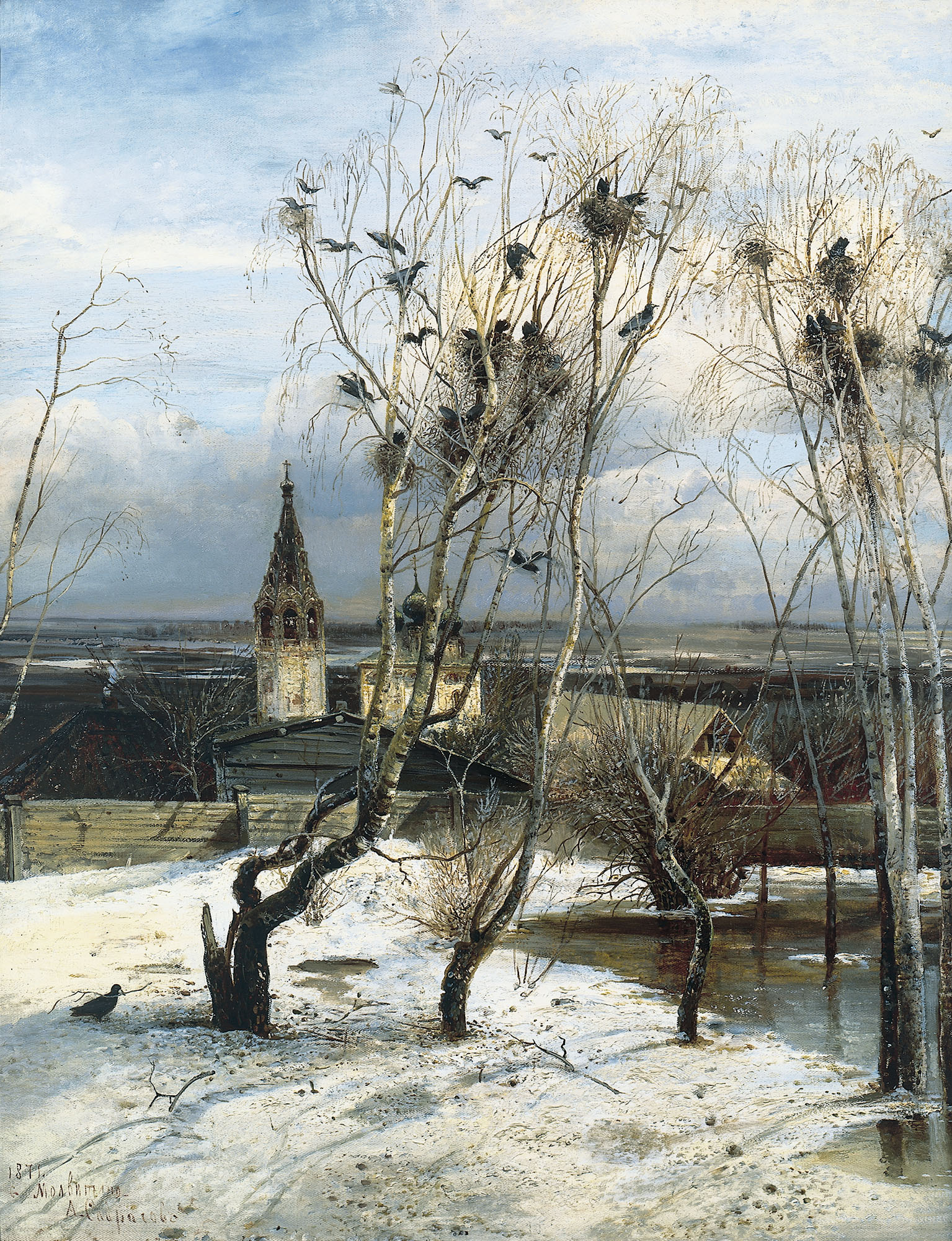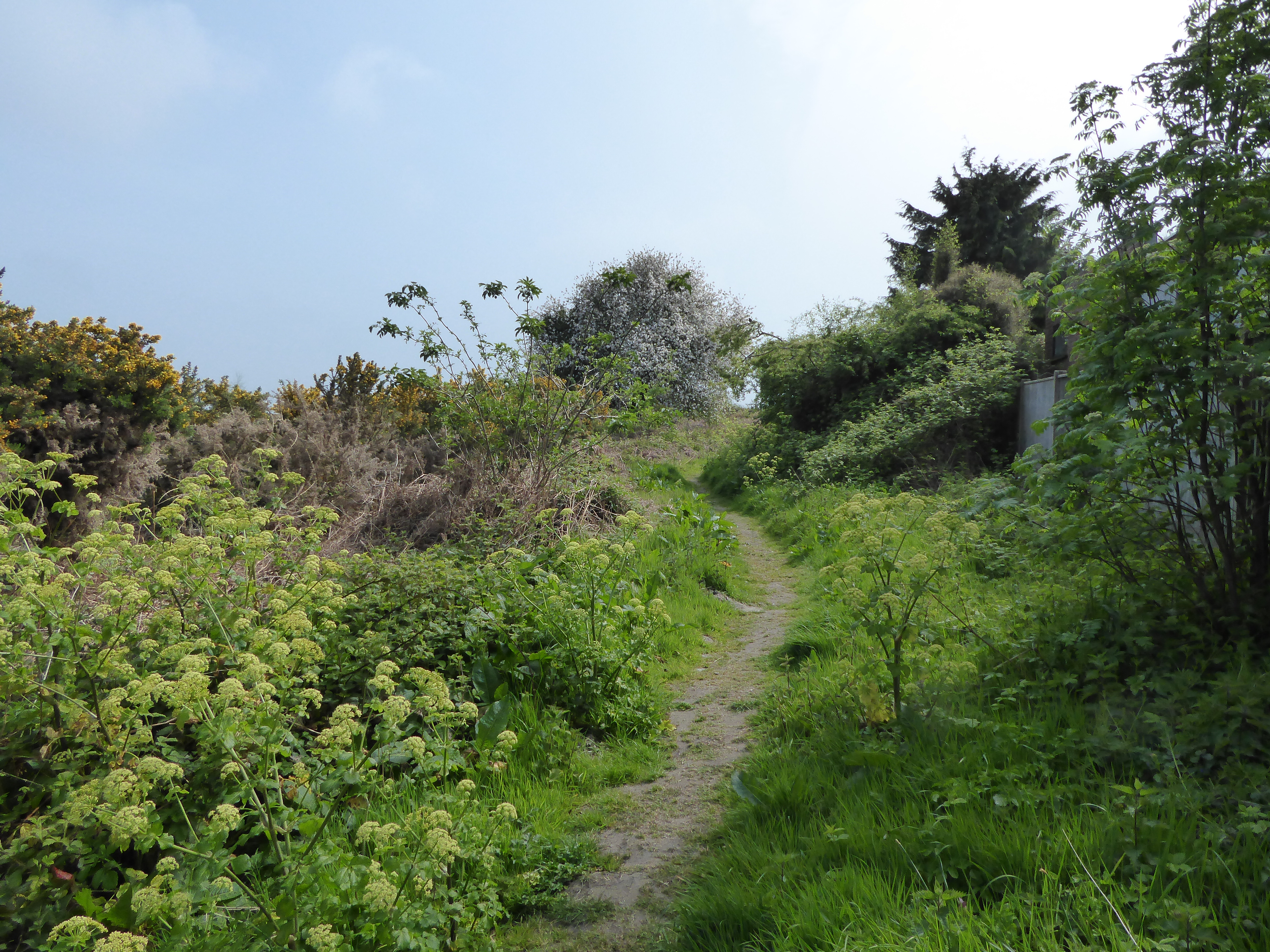|
Fen Alder Carr
Fen Alder Carr is a 1.7 hectare Local Nature Reserve south-east of Creeting St Peter in Suffolk. It is owned by Suffolk County Council. This site has diverse habitats, including open water, alder carr woodland and tall fen. There is a large rookery high in the trees, and there are other birds such as siskins, chaffinches and redpoll The redpolls (genus ''Acanthis'') (in Great Britain also historically known as redpoles) are a group of small passerine birds in the finch family Fringillidae, which have characteristic red markings on their heads. They are placed in the genus ' ...s. There is access from Fen Lane. References {{Local Nature Reserves in Suffolk Local Nature Reserves in Suffolk Alder carrs ... [...More Info...] [...Related Items...] OR: [Wikipedia] [Google] [Baidu] |
Creeting St Peter
Creeting St Peter is a village and civil parish in the Mid Suffolk district of Suffolk in eastern England. Located to the north of the A14 road between Stowmarket and Needham Market Needham Market is a town in Suffolk, England. The town of Needham, Massachusetts, was named after Needham Market. History It initially grew around the wool combing industry, until the onset of the plague, which swept the town from 1663 to 1665. ..., in 2005 its population was 260. increasing to 275 at the 2011 Census. References External links Villages in Suffolk Civil parishes in Suffolk Mid Suffolk District {{Suffolk-geo-stub ... [...More Info...] [...Related Items...] OR: [Wikipedia] [Google] [Baidu] |
Suffolk
Suffolk () is a ceremonial county of England in East Anglia. It borders Norfolk to the north, Cambridgeshire to the west and Essex to the south; the North Sea lies to the east. The county town is Ipswich; other important towns include Lowestoft, Bury St Edmunds, Newmarket, and Felixstowe which has one of the largest container ports in Europe. The county is low-lying but can be quite hilly, especially towards the west. It is also known for its extensive farming and has largely arable land with the wetlands of the Broads in the north. The Suffolk Coast & Heaths and Dedham Vale are both nationally designated Areas of Outstanding Natural Beauty. History Administration The Anglo-Saxon settlement of Suffolk, and East Anglia generally, occurred on a large scale, possibly following a period of depopulation by the previous inhabitants, the Romanised descendants of the Iceni. By the fifth century, they had established control of the region. The Anglo-Saxon inhabitants later b ... [...More Info...] [...Related Items...] OR: [Wikipedia] [Google] [Baidu] |
Suffolk County Council
Suffolk County Council is the administrative authority for the county of Suffolk, England. It is run by 75 elected county councillors representing 63 divisions. It is a member of the East of England Local Government Association. History Established in 1974 and initially based at East Suffolk County Hall, the Council relocated to Endeavour House in Ipswich in 2004. In September 2010, the council announced that it would seek to outsource a number of its services, in an attempt to cut its own budget by 30%. Controversy surrounding the then CEO Andrea Hill, some concerning including £122,000 spent on management consultants, featured in the local and national press in 2011; this led to her facing a disciplinary hearing, and subsequently resigning. Structure of the County Council The County Council is led by its CEO Nicola Beach, who has been in this role since May 2018. The Council is split into 5 distinct areas known as directorates. Each directorate has responsibility for a ran ... [...More Info...] [...Related Items...] OR: [Wikipedia] [Google] [Baidu] |
Alder Carr
An alder carr is a particular type of carr, i.e. waterlogged wooded terrain populated with alder trees. Examples * Alder Carr, Hildersham * Alderfen Broad * Fawley Ford on the Beaulieu River * Biebrza National Park * Fen Alder Carr * Harston Wood * Holywells Park, Ipswich: Pond 5 is known as Alder Carr and is a biodiversity action plan habitat. Historically there was another Alder Carr in the Cobbold family estate in what is now the northern edge of the Landseer Park. * Jackson's Coppice and Marsh * Loynton Moss Loynton Moss is a nature reserve of the Staffordshire Wildlife Trust, near the village of Woodseaves, in Staffordshire, England. It is adjacent to the Shropshire Union Canal, as it runs from nearby Norbury to High Offley. Description The area ... Gallery Alder Carr 2.jpg, Alder Carr, Hildersham Swampy alder carr in Alderfen Broad Nature Reserve, Norfolk - geograph.org.uk - 310689.jpg, Alderfen Broad Nature Reserve Image:Alder trees beaulieu river fawley ford.jp ... [...More Info...] [...Related Items...] OR: [Wikipedia] [Google] [Baidu] |
Rookery
A rookery is a colony of breeding animals, generally gregarious birds. Coming from the nesting habits of rooks, the term is used for corvids and the breeding grounds of colony-forming seabirds, marine mammals (true seals and sea lions), and even some turtles. Rooks (northern-European and central-Asian members of the crow family) have multiple nests in prominent colonies at the tops of trees. Paleontological evidence points to the existence of rookery-like colonies in the pterosaur ''Pterodaustro''. The term ''rookery'' was also borrowed as a name for dense slum housing in nineteenth-century cities, especially in London. See also *Auca Mahuevo, for a titanosaurid sauropod dinosaur rookery *Bird colony *Heronry *Rook shooting Rook shooting was a previously popular sport in the United Kingdom, in which young rooks were shot from tree branches, often using purpose-built rifles known as rook rifles. Rook shooting could serve as a form of pest control, a blood sport ... R ... [...More Info...] [...Related Items...] OR: [Wikipedia] [Google] [Baidu] |
Chaffinch
The common chaffinch or simply the chaffinch (''Fringilla coelebs'') is a common and widespread small passerine bird in the finch family. The male is brightly coloured with a blue-grey cap and rust-red underparts. The female is more subdued in colouring, but both sexes have two contrasting white wing bars and white sides to the tail. The male bird has a strong voice and sings from exposed perches to attract a mate. The chaffinch breeds in much of Europe, across the Palearctic to Siberia and in northwestern Africa. The female builds a nest with a deep cup in the fork of a tree. The clutch is typically four or five eggs, which hatch in about 13 days. The chicks fledge in around 14 days, but are fed by both adults for several weeks after leaving the nest. Outside the breeding season, chaffinches form flocks in open countryside and forage for seeds on the ground. During the breeding season, they forage on trees for invertebrates, especially caterpillars, and feed these to ... [...More Info...] [...Related Items...] OR: [Wikipedia] [Google] [Baidu] |
Redpoll
The redpolls (genus ''Acanthis'') (in Great Britain also historically known as redpoles) are a group of small passerine birds in the finch family Fringillidae, which have characteristic red markings on their heads. They are placed in the genus ''Acanthis''. The genus name ''Acanthis'' is from the Ancient Greek ''akanthis'', a name for a small now-unidentifiable bird. All redpolls are northern breeding woodland species, associated with birch trees (although there are introduced populations in the southern hemisphere, in New Zealand and nearby subantarctic islands). They are small birds, brown or grey-brown above and with a red forehead patch. The adult male's breast is washed in red, but in females and young birds the buff breast and white belly are streaked with brown. The bill is small and yellow. Some birds, particularly young ones, are difficult to assign to species. They are primarily seed-eaters, and often feed acrobatically like a tit; their diet may include some insect ... [...More Info...] [...Related Items...] OR: [Wikipedia] [Google] [Baidu] |
Local Nature Reserves In Suffolk
Suffolk is a county in East Anglia. It is bounded by Norfolk to the north, Cambridgeshire to the west and Essex to the south. With an area of , it is the eighth largest county in England, and in mid-2016 the population was 745,000. At the top level of local government is Suffolk County Council, and below it are five borough and district councils: Ipswich, East Suffolk, Mid Suffolk, Babergh and West Suffolk. Much of the coast consists of the estuaries of the Orwell, Stour, Alde, Deben and Blyth rivers, with large areas of wetlands and marshes. Local nature reserves (LNRs) are designated by local authorities under the National Parks and Access to the Countryside Act 1949. The local authority must have a legal control over the site, by owning or leasing it or having an agreement with the owner. LNRs are sites which have a special local interest either biologically or geologically, and local authorities have a duty to care for them. They can apply local bye-laws to manage and ... [...More Info...] [...Related Items...] OR: [Wikipedia] [Google] [Baidu] |


_(13667553233).jpg)
